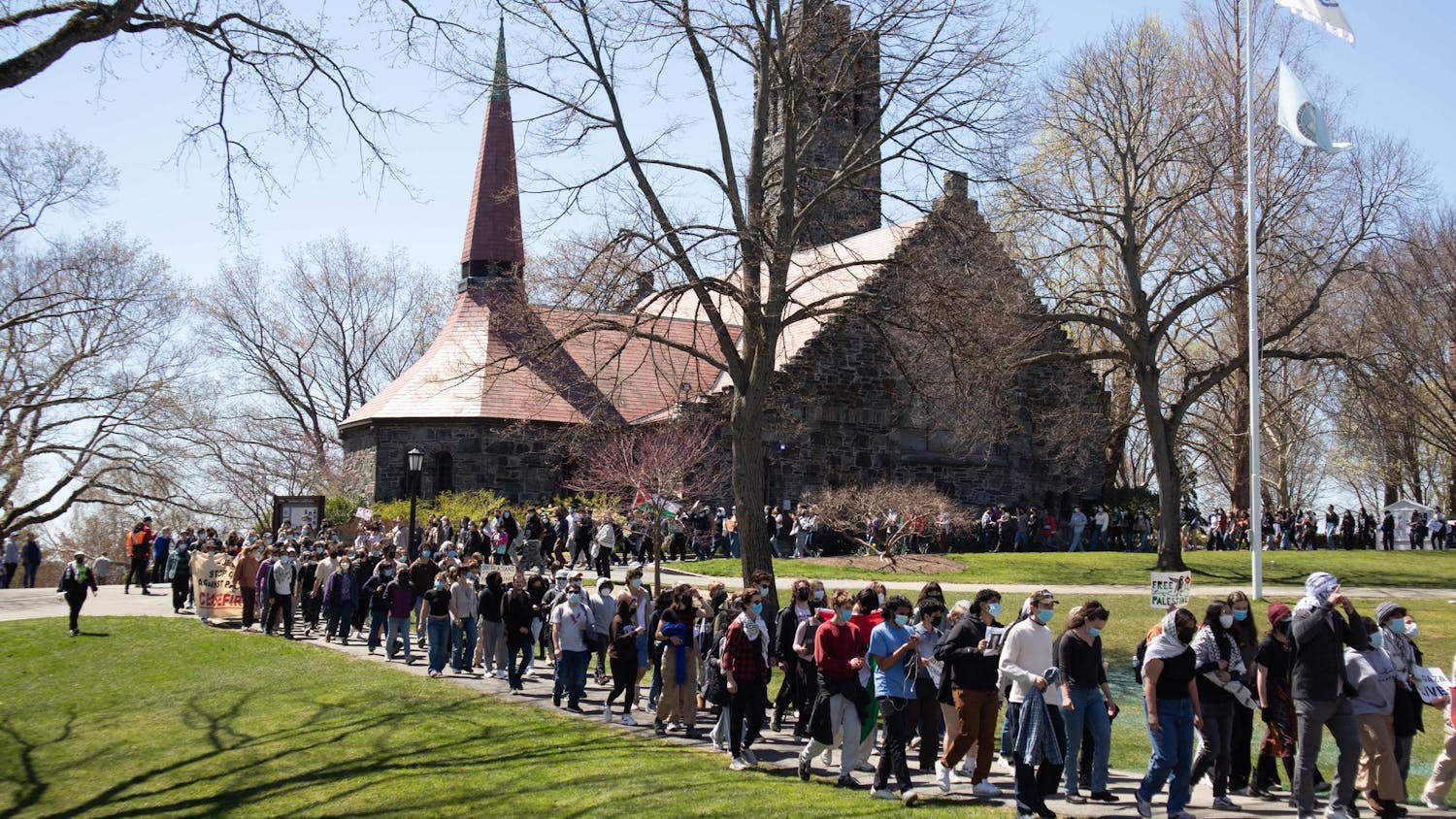I hate to out myself like this, but I have a confession: I am an aviation history nerd. One of my all?time favorite books is "Skyward" (1928), Richard Byrd's memoir of his historic attempt to complete the first flight to the North Pole. And here's another confession: one of the only things getting me through these final, hellish weeks of the semester is the thought of reading Charles Lindbergh's memoir of his transatlantic flight, "We" (1927), uninterrupted over winter break.
However, like any aviation history junkie, I was itching for a quick fix before settling into my winter reading and, surprisingly enough, I found it in our Archives. I now present the story of Melvin W. Hodgdon (E '18), political activist, record setter and the original flying Jumbo.
Melvin W. Hodgdon (no relation to Hodgdon Hall), who was also known as "Mel" and "Hodgy" around campus, actively pursued his interest in aviation while studying for a B.S. in mechanical engineering. Hodgy's first major appearance in the historical record occurred when he was the subject of a 1917 Tufts Weekly article entitled "Tufts Flier Drops Literature."
During a home football game against New Hampshire State University, fans were stunned by the "presence of a biplane which circled East Somerville and approached very near the Tufts playing field," which left a trail of leaflets fluttering in its wake. The pilot of that biplane was none other than Mel Hodgdon, who busied himself with the distribution of "large quantities of Republican campaign literature ... from a height of between 3000 and 4000 feet" during the 1917 Massachusetts gubernatorial race.
While political activism is great, it seems like this power might have gone to Hodgy's head. When asked about the potential impact of his aerial politicking, Hodgdon stated, "Had I been a German or other enemy with bombs aboard it would have been easy as whistling to have wrecked any building at my pleasure." I suppose we should all be thankful that Mel decided to use his aerial power for good, or at the very least that he wasn't building bombs in the Pearson labs.
In addition to publishing this terrifying interview, the Weekly also made the rather bogus claim that Hodgdon's flight represented the first time an airplane was used for "political purposes." Sure, Hodgdon probably set a record by being the first person to drop political propaganda from the air, but I think airplanes served pretty political purposes during all those battles during World War I.
A year after graduating, Hodgy set his second groundbreaking record. In 1919, the Boston Globe sponsored a contest for the fastest flight between Boston and Atlantic City, promising cash prizes and a trophy to the winner. Hodgy initially made big news as the first aviator to successfully complete the route in a record?setting three hours and 59 minutes - and that time even included an hour and 16?minute stop to refuel on Long Island.
Unfortunately, Hodgy's record was obliterated two weeks later by Captain Mansell James of British Air Force, who made the same flight in one hour and seven minutes. Hodgy did come in second place, though, and took home the $500 cash prize, though it is unclear whether he also received a trophy.
Silly as they might seem, these transparent records and false victories are exactly what I love about early aviation history: Because it was an entirely new field without any standards for success, everybody was a winner simply by virtue of participation. Although Hodgy might not exactly have set timeless records, he was certainly the first Jumbo to accomplish these feats and for that, Melvin W. "Hodgy"Hodgdon will always be my favorite flying Jumbo.
--
Alanna Tuller is a senior majoring in English. She can be reached at Alanna.Tuller@tufts.edu.





